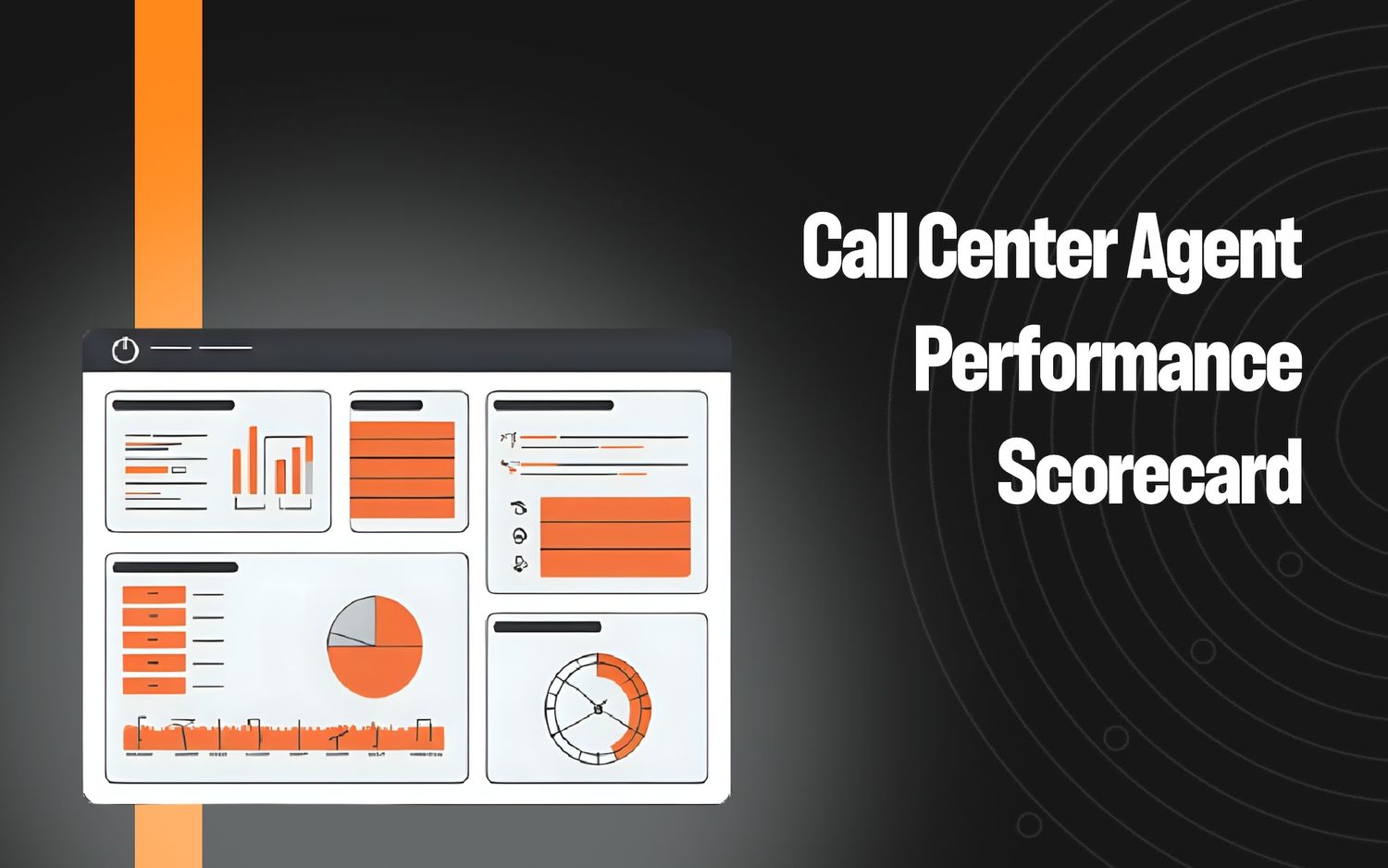Setting Up Your Contact Center: A Step-by-Step Guide


Establishing a contact center for your company requires both time and resources. Here’s a primer to get you off to a good start when setting up a contact center, step-by-step.
What is a Contact Center?
A customer service center is sometimes known as a call center, contact center, customer service hub, or support center. Staffing for contact centers involves employing agents who are tasked with handling incoming customer queries and requests for help. Agents sometimes work from home, and other times can work on the premises in a contact center location. These communications can be over multiple channels, such as chat, email, or phone call.
Level AI specializes in AI solutions for the contact center that enable the contact center agents to do their jobs with a higher level of efficiency, more easily allowing the customer to have a great customer experience with that agent, without unnecessary hold times or frustrations. According to research conducted by Usabilla, over half of the customers would rather talk to a real person over any other form of customer service. Regarding more complex interactions, such as payment disputes, 40% of customers would rather speak to a live person over the phone.
Why Is a Call Center Necessary for Your Business?
A call center is often an essential component of a company’s infrastructure, regardless of size. If your current customers are satisfied, they will likely remain your customer, and also are likely to tell their networks about your business. In addition, contact centers allow you the chance to hear from your customers directly, and may offer opportunities to identify issues regarding products, concerns, or other business insights.
How To Set Up A Call Center?
1. Create A Budget
Almost everything else will have to be adjusted based on the financial budget, so you must pay close attention to it. When opening a call center, the first thing is to take stock of your financial resources.
A portion of your budget should be set aside for ongoing costs, and you should allocate the rest toward early investments in infrastructure. Make sure to document your strategies in writing for maximum clarity.
2. Which Call Center Solution is Right: Remote or On-Site?
Whether or not your company needs a physical call center location or can function well with a virtual call center configuration is another important decision to make before launching a call center operation.
Having a call center on-site will require a lot of room and will also cost a significant amount of money. The IT department may need to be heavily involved in running an on-site call center if they are meant to be in charge of the call center’s software infrastructure.
For the remote solution, a third-party service provider manages the hardware and underlying system. To get started, your company needs access to high-speed Internet; the service provider will take care of the rest. A remote call center has many benefits, including promoting remote work across time zones.
3. Set Business Objectives and KPIs
Key performance indicators and business objectives should be established early on for your call center. Before moving forward with a call center plan, you need to have a firm grasp on why it will exist.
Set up an outbound call center platform, for instance, if your workers will be cold phoning potential customers. However, to better serve your clients, investing in inbound call center software makes more sense if your business receives a significant volume of calls every day.
Establish numerical criteria (key performance indicators) to define the call center’s effectiveness, productivity, and customer satisfaction. To monitor these KPIs and steadily raise productivity, they must become embedded in your company’s overarching strategy.
4. Choose a Specific Site
Whether you want a traditional office with a staff of employees or a virtual team of agents is another challenging choice. Your team may serve clients remotely with the right virtual contact center software. However, a physical location may be more practical if your business is particularly large.
To avoid any hassles for your team members, choose a location with plenty of parking. A variety of internal performance metrics will be affected by your call center’s physical location; therefore, you should carefully scout out the best possible spot to set up a call center.
5. Decide on Appropriate Resources
Your call center personnel won’t be able to give 100% unless they have access to the resources they require. Consider the following high-level summary of considerations as you evaluate potential resources.
- Phone System
Constructing a call center necessitates a telephony infrastructure. It’s the primary weapon in your arsenal. To begin, you must determine if you will be working from a physical location or if you will be using a virtual environment. In any event, think about how big your team is, how fast your internet is, and how far you can go. Select a system that can grow as your needs do, has all the functionality you need, and is simple to set up and operate.
- Service Channels
To better serve your clientele, your contact center may need to be accessible via many methods of communication. You may decide to come up with an omnichannel approach. If you want to meet your customers’ high expectations and keep them coming back, you should limit yourself to the channels you can effectively control and provide a uniform experience across all of them.
- Analytics Tools
As was previously noted, phone monitoring software is essential for keeping tabs on how well your call center is doing with customers. Select a program that can record the calls you need and measure the metrics you find most useful as you plot out a monitoring strategy for your team.
6. Recruiting a Team
Last but not the least, you may start looking for the most qualified candidates for your customer service team once you’ve decided whether your call center will be physically located in one location or operated entirely online.
If you’re looking to hire remote workers, you may spread the word to people in many other nations. Having such a vast pool of qualified individuals from whom to pick can be helpful.
If you have a physical workplace, you should use appropriate hiring channels to find local individuals. It’s important to consider the local recruiting pool and provide top-notch call center training classes for your personnel before settling on a location for your business’s new call center.
Assisting Factors for a Thriving Call Center
Companies that want to provide consistently excellent customer service in the face of a constantly shifting consumer landscape must stay abreast of the latest developments in the call center. Your call center’s success will depend greatly on the following elements:
Cohesive Team Communication
McKinsey discovered that 97% of employees and executives think that team alignment matters for the success of a job or project. Regarding this, it’s easy to see how important it is for a company to foster an environment where employees feel comfortable speaking up and contributing ideas during meetings.
When teams fail to communicate with one another effectively, it can lead to problems such as:
- Misuse of time
- Dropped sales
- Lack of efficiency
Omnichannel Support
A report by eConsultancy revealed that phone support was preferred by 61% of customers, followed by email (60%), live chat (57%), online knowledge base (51%), and automated “click to call” support (34%). Customers today can be found over multiple channels. It’s imperative that businesses maintain visibility on them.
To keep up with customers in this age of constant connectivity, businesses may wish to adopt an omnichannel approach to customer service. Customer service via the phone is still vital, but it’s not the only option. If you aren’t able to match your customers’ expectations by giving them consistent service across all of your available channels, you’re losing out on lucrative business prospects.
AI Solutions
Microsoft’s State of Global Customer Service study predicts that the global market for AI in call centers will grow to $4.7 billion by 2026. This means that enterprises should appreciate the worth of AI solutions for managing call centers.
Many contact centers across the globe are already making use of AI to improve their services. The idea that AI will lead to sentient robots that take over the world is a fabrication of science fiction. Instead, AI supplements human labor by answering repetitive tasks, freeing workers’ time to forge interpersonal bonds and make swifter, more informed judgments.
Level AI, the world’s leading quality assurance management software, provides a number of tools to enhance the quality management procedure with AI, such as:
- Semantic intelligence- evaluates, scores, and tags critical moments in every agent dialogue
- Agent Screen Recording function, which records and analyzes chats, emails, and phone conversations
- Helpful agent prompts at key points in an interaction, such as when to greet the customer, verify their identification, reframe the problem before offering a solution, and more
- Customer intent analysis, offering 2x accuracy using natural language understanding (NLU) with low maintenance requirements.
Get in touch with Level AI today for a demo to see how AI can enhance the quality management of your call center.
Keep reading
View all





